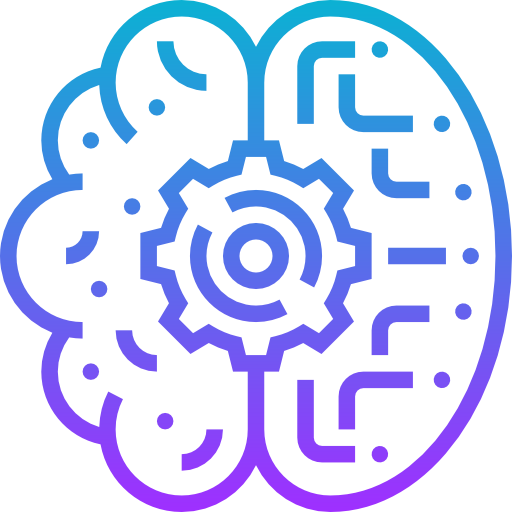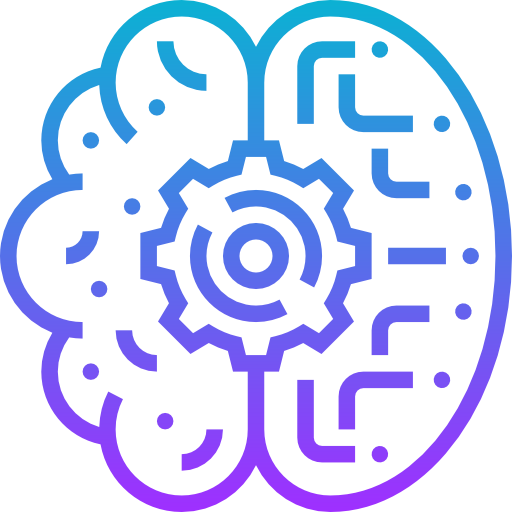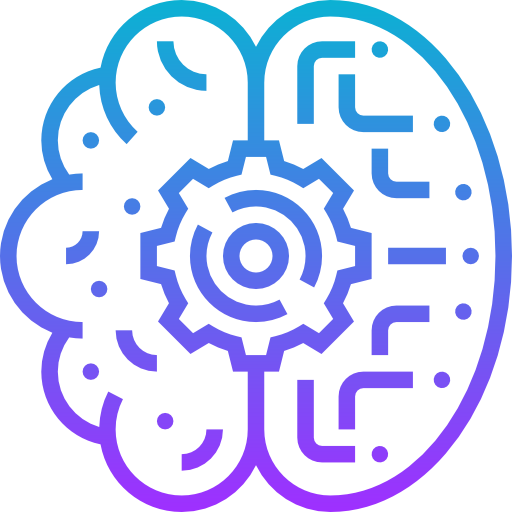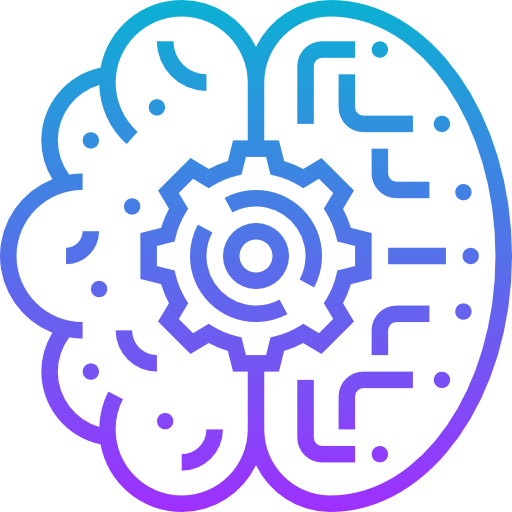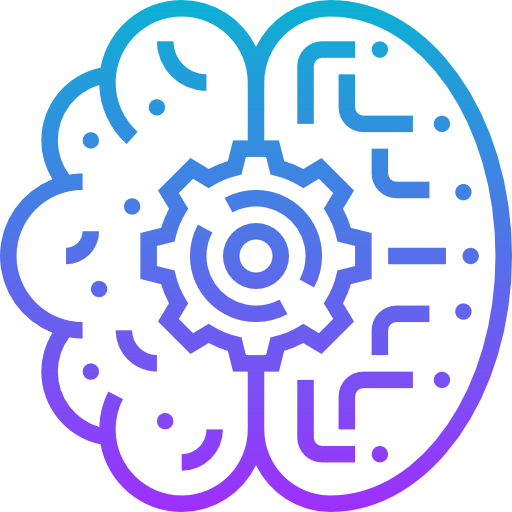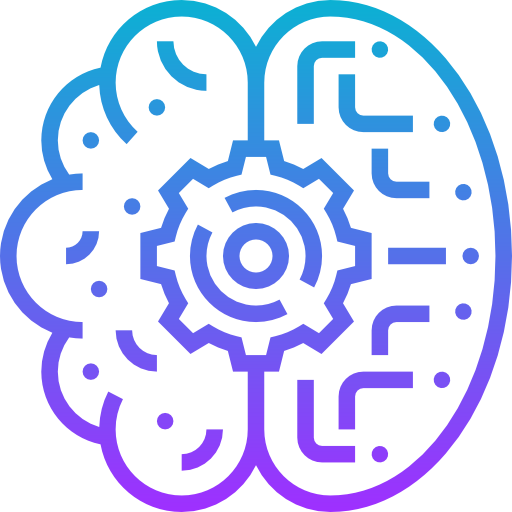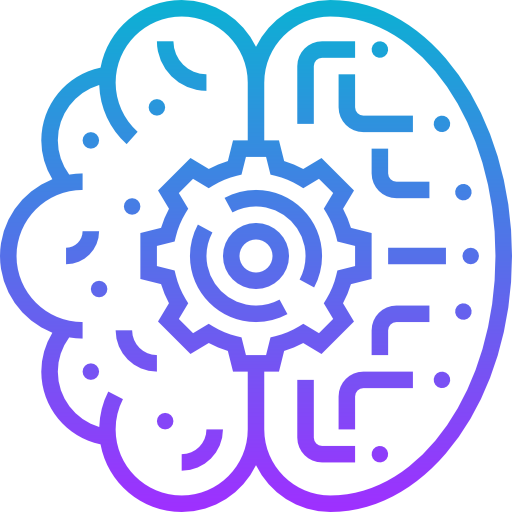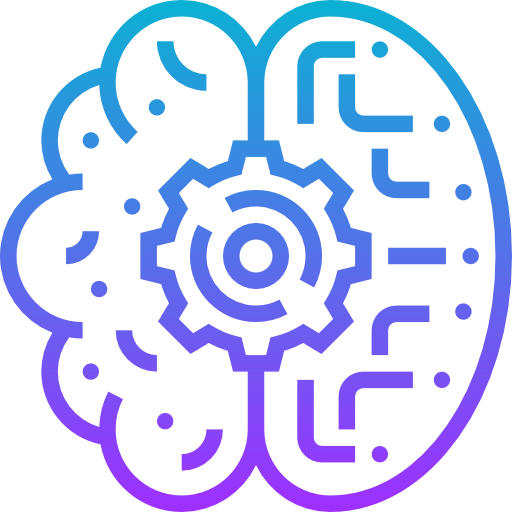AI-Powered Data Analysis for Healthcare Providers with Python and PyHealth
Table of Content
As a doctor and developer, I've spent years navigating the intersection of healthcare and technology. It's clear that AI isn't just a buzzword in healthcare—it’s a tool with real, transformative potential.
Over the years ,we covered hundreds of open-source medical and healthcare here, with primary focus on medical imaging, medical records (EMR, EHR), Digital Pathology, Medical Simulation, and more.
Yet, making AI practical for everyday use in hospitals, clinics, and research isn’t always straightforward. That’s where tools like PyHealth step in.
Why PyHealth Stands Out
PyHealth is an open-source Python library designed for healthcare-related machine learning projects. Unlike many overhyped AI solutions that come with hefty price tags, PyHealth is free, extensible, and focused on clinical applications.
It empowers healthcare professionals and developers to analyze data for patient outcomes, predict disease progression, and visualize patterns in medical datasets—all without reinventing the wheel.

AI in Healthcare: Real-World Impact
AI integration in healthcare is no longer just theoretical. From predictive models for readmission risks to tools that assist in diagnosing complex conditions, AI is reshaping how we deliver care.
But implementing AI effectively requires domain-specific tools that simplify data preprocessing and model training. PyHealth provides this foundation, allowing healthcare providers to focus on outcomes rather than struggling with technical hurdles.

Hands-On with PyHealth
Working with PyHealth reminded me of my early days in coding when practicality was king.
Here's a snapshot of what PyHealth can do:
- Data Preprocessing: PyHealth simplifies cleaning messy datasets, like electronic health records (EHRs). It supports a range of formats, including time-series and multi-modal data, which are common in clinical practice.
- Predictive Modeling: You can build models for tasks like mortality prediction, length-of-stay estimation, or disease classification. PyHealth comes with prebuilt modules for deep learning and machine learning algorithms, cutting down on development time.
- Visualization: Understanding data is as important as analyzing it. PyHealth’s built-in visualization tools make it easier to spot trends and communicate findings to non-technical stakeholders.

Why Open Source Matters in Healthcare
In healthcare, trust and transparency are non-negotiable. Proprietary AI tools often work as black boxes, making it hard to verify their predictions or ensure patient safety. Open-source tools like PyHealth offer full transparency, which is crucial for compliance with regulations like HIPAA and GDPR.
Moreover, using open-source tools reduces costs for healthcare providers, making advanced analytics accessible even to smaller clinics or research groups. PyHealth is one of those rare gems that balances accessibility with power.

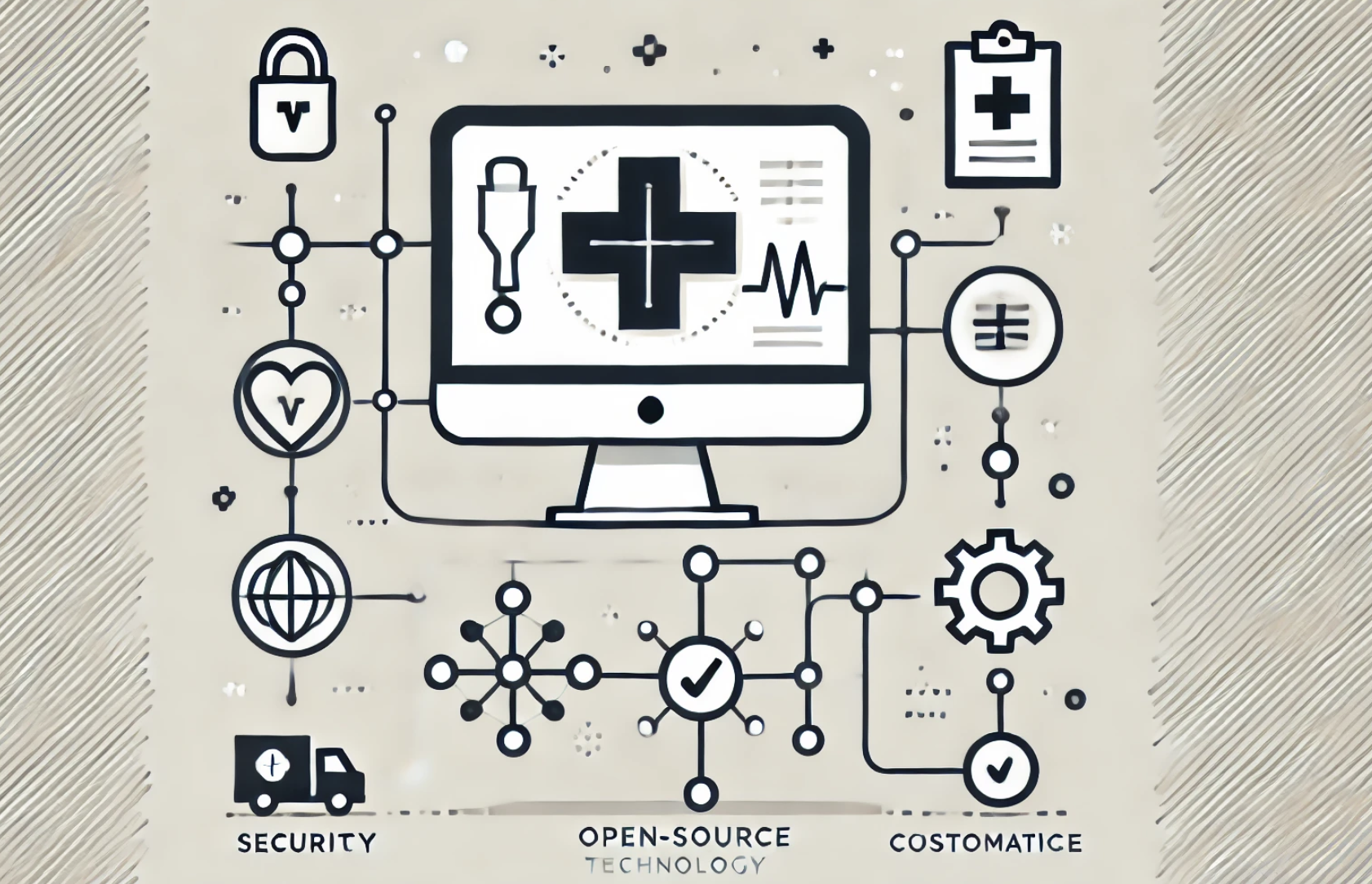

Best Practices for AI Integration
From my experience, the success of AI projects in healthcare depends on these key principles:
- Start Small: Use AI for specific tasks, like predicting no-show appointments or flagging high-risk patients.
- Engage Stakeholders Early: Doctors, nurses, and administrators need to understand and trust AI systems.
- Iterate Constantly: AI models need regular updates based on new data and feedback.

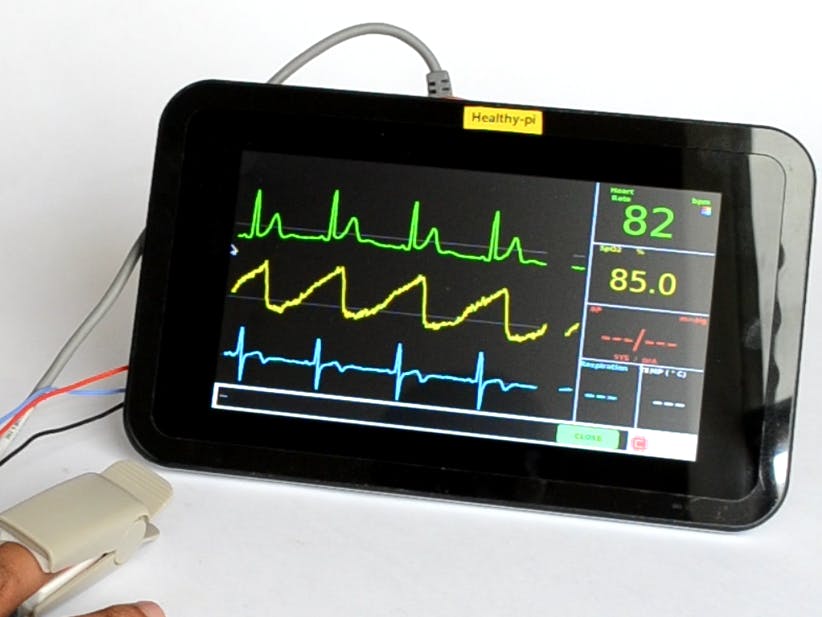
Final Thoughts
PyHealth proves that open-source AI tools can play a significant role in improving healthcare outcomes. Whether you're a researcher or a clinician interested in data analysis, PyHealth offers a straightforward entry point into AI-powered healthcare.
Further Reading
- PyHealth GitHub Repository
- Scikit-learn for Machine Learning
- TensorFlow for Deep Learning in Healthcare
Healthcare is evolving, and AI is a big part of that journey. With tools like PyHealth, the barrier to entry is lower than ever. If you're a healthcare provider or developer, there’s no better time to start exploring the possibilities.


